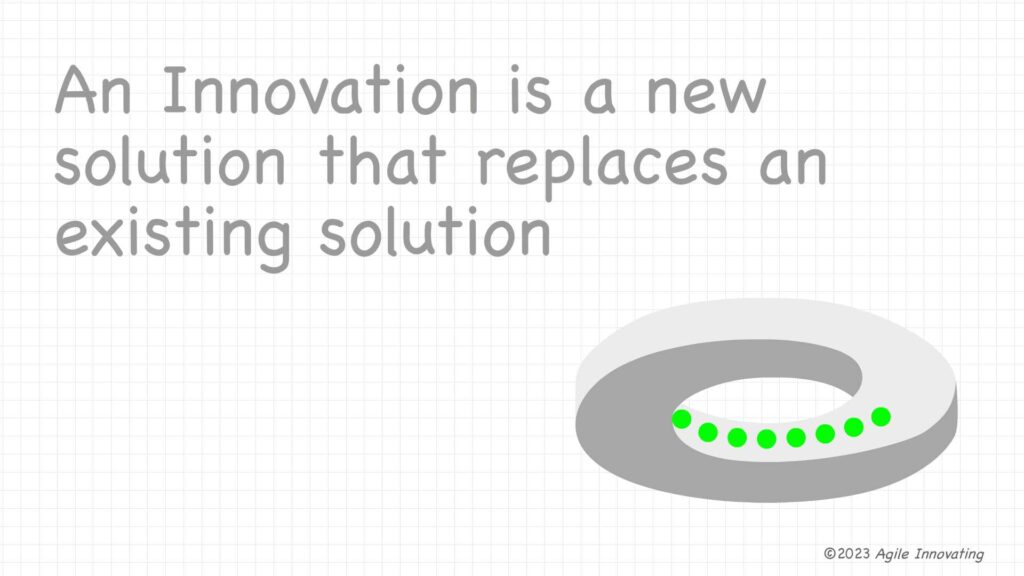
There is an existing solution for everything that a person wants to do or accomplish. That solution (a unique combination of a product, service, and process) is “sticky”. People have an affinity for an existing solution, even though they know it’s not perfect. People need a reason to change to a new solution.
There are two types of new solutions that could cause people to change. One type of solution is new and different. The other is new and better.
A new and different solution improves the user experience within the design constraint of the existing solution architecture. A new and different solution tends to emphasize increasing solution novelty.
A new and better solution improves the user experience by changing the solution architecture. A new and better solution tends to emphasize reducing net trouble compared to the existing solution.
The tension between “new and better” and “new and different” solutions is the Trouble / Novelty Paradox. Resolving the Paradox as a dual factor solution, rather than prioritizing a single factor in the new solution, is an essential step in developing an innovation.
Every Innovation resolves the Trouble / Novelty Paradox to provide a better net user experience with less net trouble than the solution it replaces.
Always.
